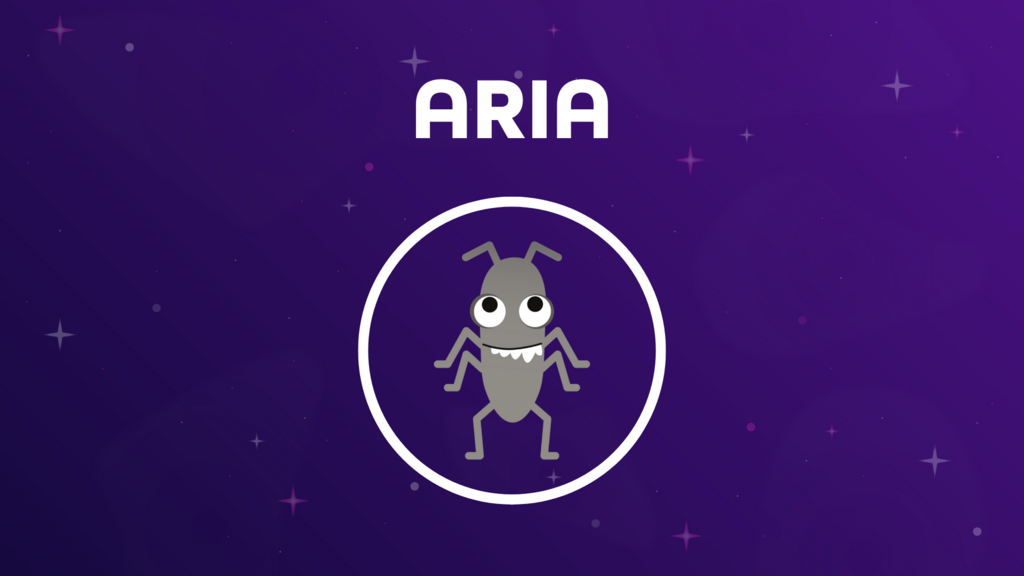ARIA, which stands for Accessible Rich Internet Applications, sounds very complicated but is fairly straightforward to understand. It is a set of attributes and roles defined by the W3C (World Wide Web Consortium), that can be added to HTML (HyperText Markup Language) elements.
HTML is the standard markup language used to create web pages and web applications. It uses a system of "tags" to structure content, such as headings, paragraphs, images, and links.
ARIA's primary purpose is to make web content and web applications more accessible to people with disabilities, particularly those who use assistive technologies like screen readers. Essentially, ARIA provides a way to convey semantic information about UI elements and dynamic content to assistive technologies when the native HTML doesn't provide it sufficiently. For example, it can define the purpose of a button that looks like a play icon but is not natively a button element, or indicate the current state of a complex widget like a tab panel or a slider.
As HTML evolves and new versions are released, there is often less need for ARIA attributes. This is because newer HTML specifications introduce more semantic elements and built-in accessibility features.
The general guideline is to "use native HTML first" and only resort to ARIA when native HTML doesn't provide the necessary semantics or functionality for accessibility.
HTML is the standard markup language used to create web pages and web applications. It uses a system of "tags" to structure content, such as headings, paragraphs, images, and links.
ARIA's primary purpose is to make web content and web applications more accessible to people with disabilities, particularly those who use assistive technologies like screen readers. Essentially, ARIA provides a way to convey semantic information about UI elements and dynamic content to assistive technologies when the native HTML doesn't provide it sufficiently. For example, it can define the purpose of a button that looks like a play icon but is not natively a button element, or indicate the current state of a complex widget like a tab panel or a slider.
As HTML evolves and new versions are released, there is often less need for ARIA attributes. This is because newer HTML specifications introduce more semantic elements and built-in accessibility features.
The general guideline is to "use native HTML first" and only resort to ARIA when native HTML doesn't provide the necessary semantics or functionality for accessibility.




